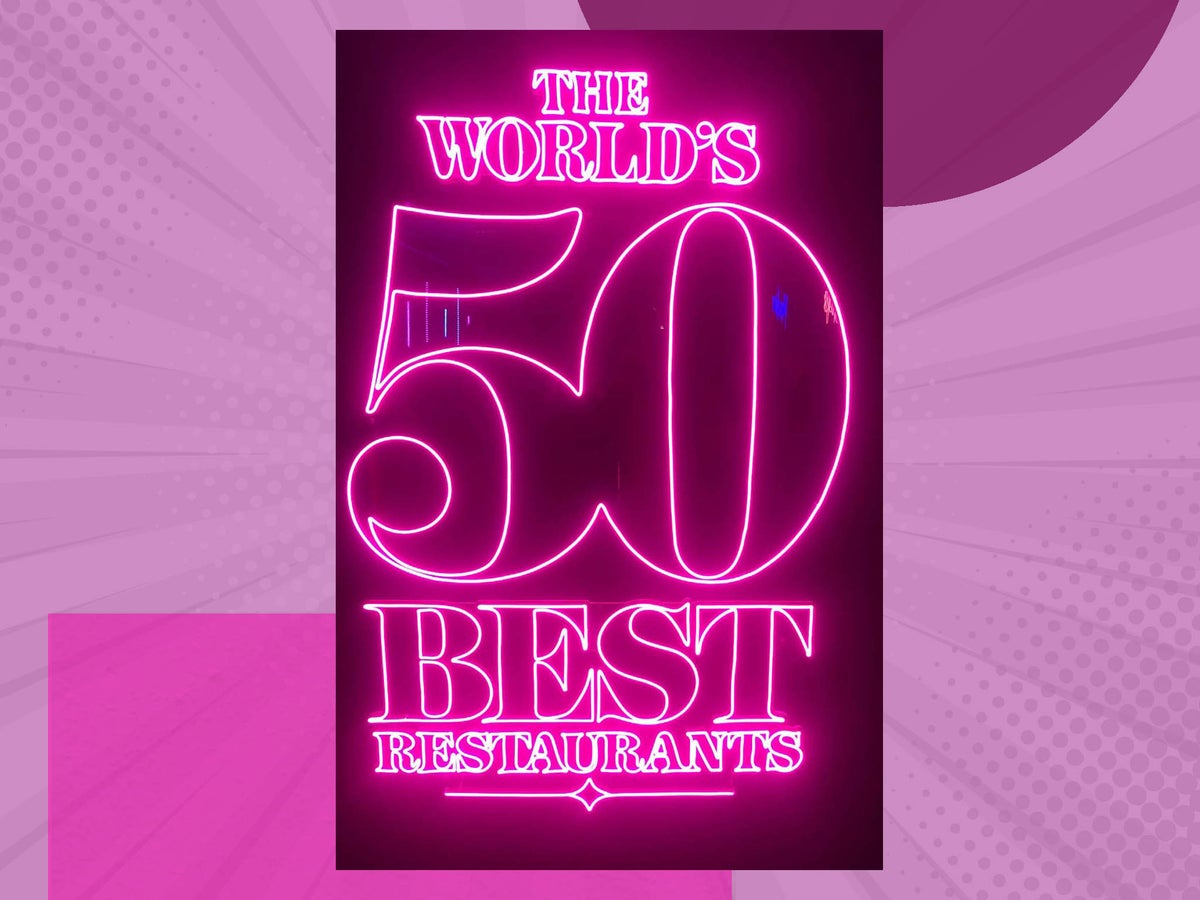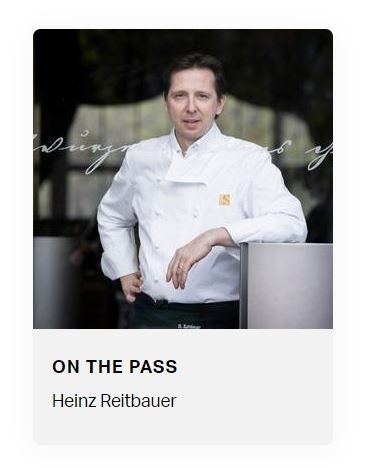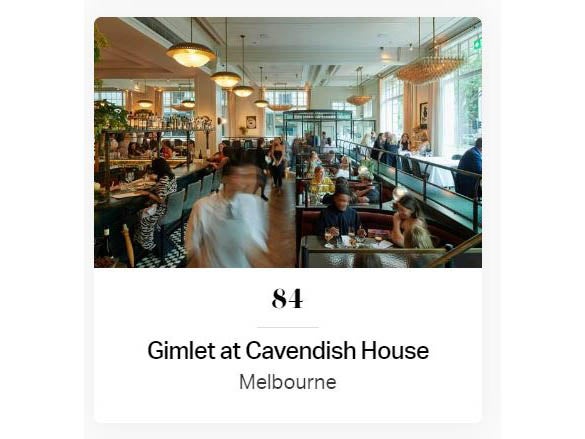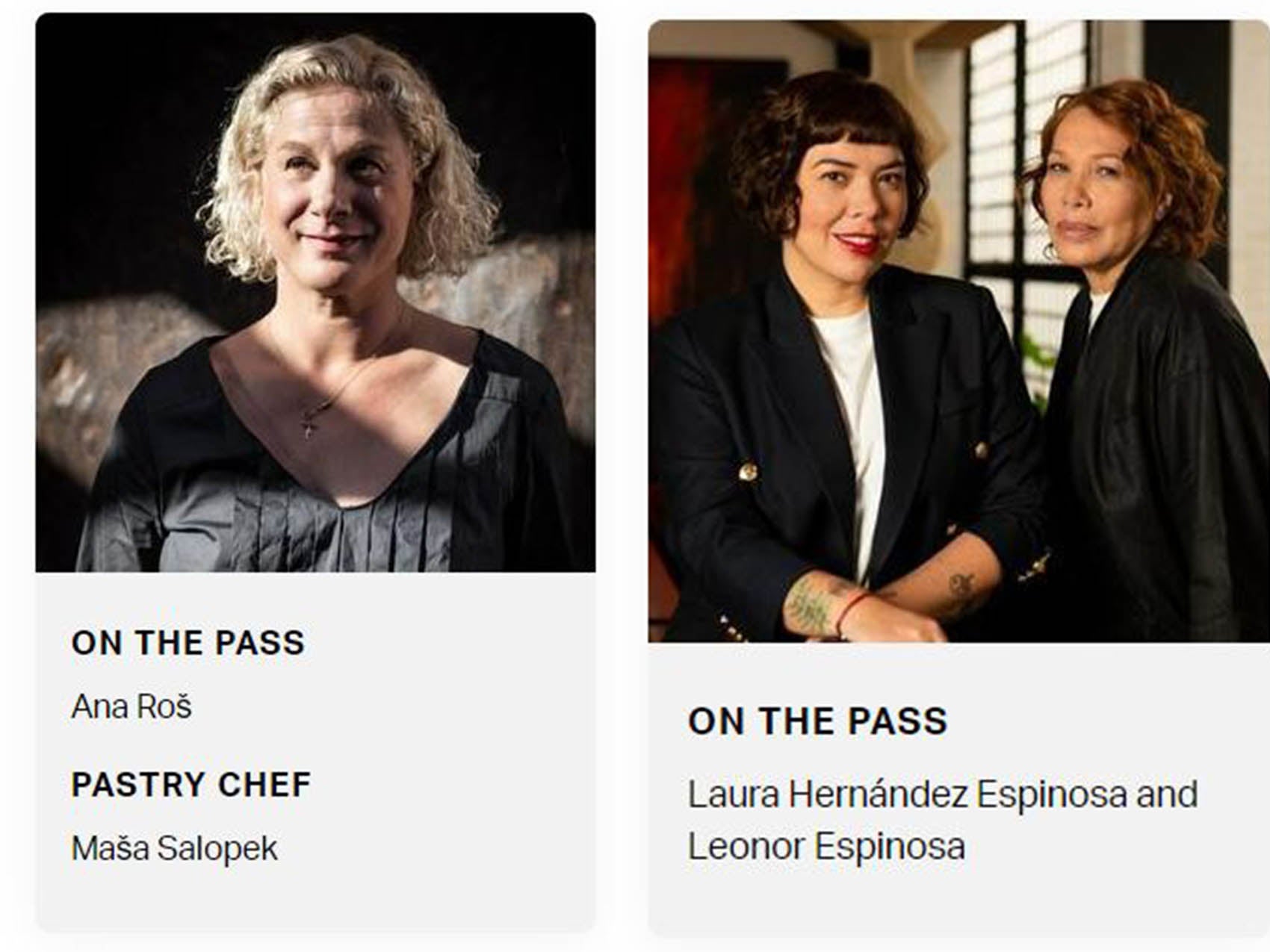
In the world of food, the World’s 50 Best Restaurant Awards are like the Oscars. It’s the biggest annual event celebrating the best of the best from around the world. And, just like the Oscars, it’s not without its issues.
The first being what the awards actually stand for. In the beginning, it aimed to rival the Michelin Guide, which is often criticised for being inaccessible, not diverse enough and favouring a classic French cooking style. Michelin can also make or break a restaurant. Winning a star is one thing, retaining it quite another.
Yet, in its 20th year, the 50 Best has hardly strayed from that formula. Instead, it has practically emulated it – three-quarters of the 50 Best are also Michelin-starred restaurants.
At the awards, held in Old Billingsgate Market, one of London’s oldest fish markets, I clapped and clapped for the same people over and over again. This year’s winner was from… Copenhagen, again. The restaurant, Geranium, serves a meat-free and seasonal Scandi-style menu. Have we not seen this for years now? Where is the innovation? Yes, “meat-free” and “seasonal” are still important pillars of being more climate conscious, but Scandi has surely had its day, has it not? It’s also the country’s first restaurant to be awarded three Michelin stars.
When it comes to Africa, there’s only one restaurant from 54 countries in the list. To top it off, it’s a sushi restaurant run by white men in South Africa, hardly representative of African culture. That choice speaks volumes, doesn’t it?
Even people outside of the food world have probably heard of Noma (also in Copenhagen), which, other than being the most famous restaurant in the world for the past two decades, has won first place at the 50 Best awards a staggering five times. The rules have since changed so that once a restaurant has been crowned the top dog, it’s moved onto the “best of the best” and can no longer dominante. But how is one little city in a country of fewer than sixmillion people able to have such influence?
Denmark is just 0.07 per cent of the world. Yet it’s become the food capital of the world, if you will, mesermising judges and awards organisers alike.
The US only has three entrants in the top 50; two in New York and one in California. Perhaps the judges were too busy to visit the other 48 states, or Canada for that matter. The US is 288 times bigger than Denmark, yet it has just one restaurant more in the list. Elsewhere, South America does extremely well with eight restaurants in the top 50 alone, and a further seven more in the top 100. Lima features four times including in second position, Sao Paulo four with a top position of seven. That is diverse and welcome, but also feels a preferential treatment.

At the start of the awards, host Stanley Tucci tells us that the judging panel is made up of “180 gender-balanced voters”. This statement feels far more like a defensive box-ticking exercise than an insightful explanation of how restaurants are picked, but I imagine that’s the point.
Women in the kitchen is the ultimate sexist joke, yet professional cooking has long been seens as a man’s world
There are huge swathes of the globe that are not included, which is bizarre considering it’s literally called the World’s 50 Best. Much of Asia is overlooked, bar cities such as Singapore, Tokyo and Hong Kong, while India’s only entry is Delhi’s Indian Accent restaurant, coming in at no 92.
Of course, due to the ongoing invasion of Ukraine, Russia didn’t feature anywhere on the list. The event was originally destined to take place in Moscow, before it was moved to London.
But the omission of other places cannot be explained away by politics – or at least, not overtly so.

Australia didn’t feature at all in the top 50. Gimlet at Cavendish House in Melbourne ranked at no 84 in the longer list of 100, which is its worst performance in a decade. There’s nothing from little old New Zealand.
When it comes to Africa, there’s only one restaurant from 54 countries in the list. To top it off, it’s a sushi restaurant run by white men in South Africa, hardly representative of African culture. That choice speaks volumes, doesn’t it?
French-style cuisine still seems to be the favourite. High end, and mostly inaccessible. Noma, for instance, costs upwards of £340 per person, not including drinks. That’s 5.6 times more than the average meal out in London, which the most recent data says is just shy of £60. London’s hardly a cheap city to eat out in, either.

The other striking, and inevitable, issue of the night is the lack of women. Before you come for me, there are of course many women involved in the whole restaurant operation in general. I’m talking specifically about female chefs. On the website, each restaurant entry features a section called “On the Pass”, about the head chef. Within the top 50, there are just restaurants headed up by women. The first is Ana Roš’ Hiša Franko in Slovenia, which sits at no 34, and was also on the Netflix series Chef’s Table in 2016. The second is Leo, based in Bogota, which sits at no 48, with Laura Hernández Espinosa and Leonor Espinosa at the helm.
Women in the kitchen is the ultimate sexist joke, yet professional cooking has long been seens as a man’s world. Even in 2022, after all that’s happened in the past few years, we’re yet to shake these shackles. Until we do, the World’s 50 Best Restaurants Awards will be a talking point for all the wrong reasons. It’s not as diverse or as inclusive as it could be – the judges just aren’t looking hard enough to see it.







